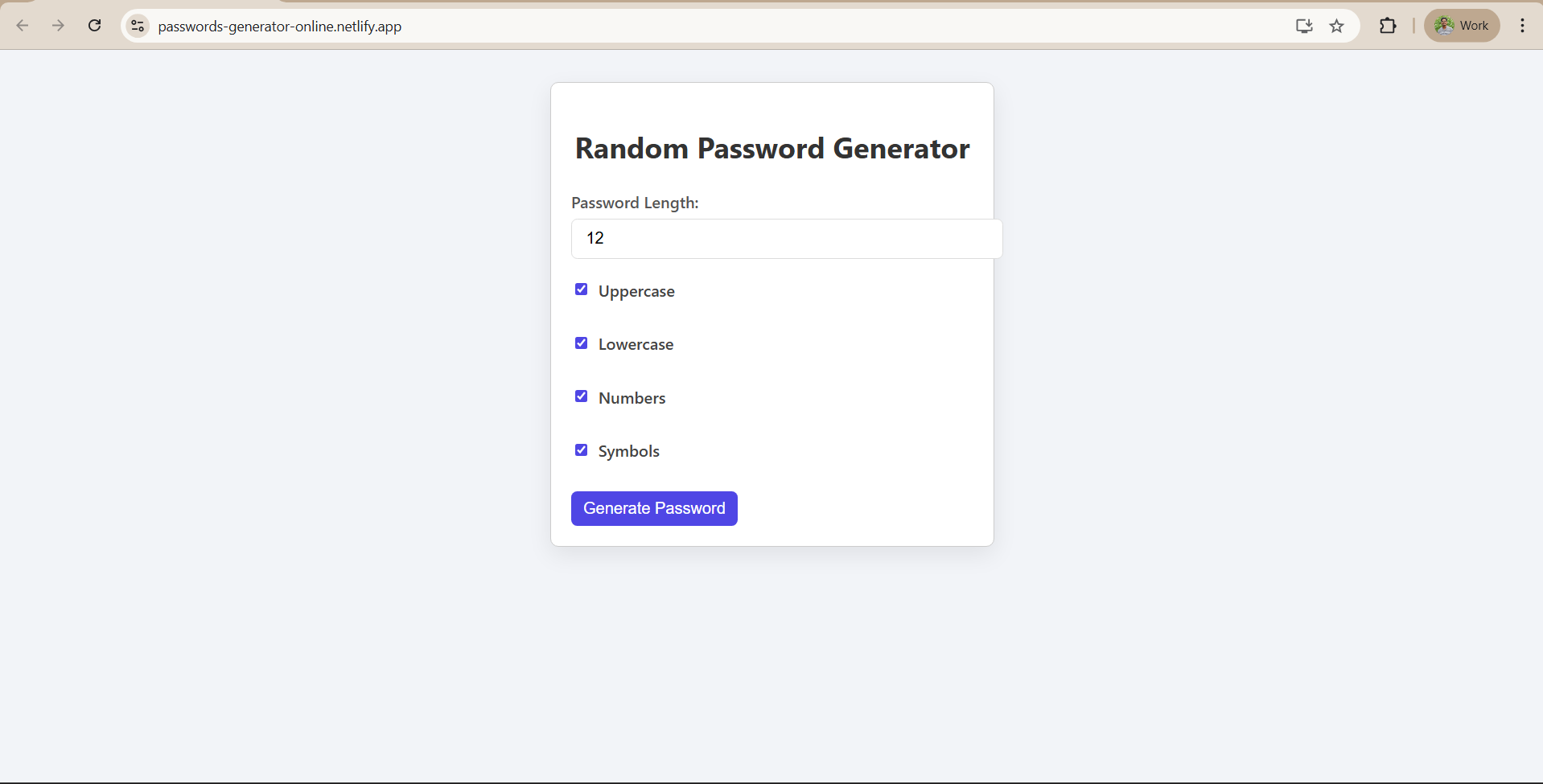Step-by-Step Implementation of Our Currency Converter App
Step-by-Step Implementation of Our Currency Converter App
In this module, we’ll build the complete Currency Converter App from scratch using React + Vite. We’ll go step by step through the project setup, installing Tailwind CSS, creating components, handling API data, writing conversion logic, and styling everything neatly.
By the end of this module, you’ll have a fully functional currency converter that takes user input, fetches live exchange rates, and displays the converted value instantly.
Step 1) Set up the Environment
1) Install Node.js
Make sure you have Node.js and npm installed. Download it from https://nodejs.org and check with:
node -v
npm -v
2) Create a React App with Vite
In your terminal, run:
npm create vite@latest currency-converter -- --template react
Then navigate inside:
cd currency-converter
npm install
3) Start the App
Run the dev server:
npm run dev
Your app will open at http://localhost:5173. You’ll see the default Vite + React template.
Step 2) Install and Configure Tailwind CSS
We’ll use Tailwind CSS for fast and clean styling.
1) Install Tailwind and PostCSS plugins
npm install -D tailwindcss postcss autoprefixer
npx tailwindcss init -p
2) Configure Tailwind
Open tailwind.config.js and update:
export default {
content: ["./index.html", "./src/**/*.{js,ts,jsx,tsx}"],
theme: {
extend: {},
},
plugins: [],
};
3) Add Tailwind to CSS
In src/index.css, add:
@tailwind base;
@tailwind components;
@tailwind utilities;
Now Tailwind classes will work across your project.
Step 3) Create the Project Files
Your final folder structure will look like this:
currency-converter/
├── public/
├── src/
│ ├── App.jsx
│ ├── components/
│ │ ├── CurrencyConverter.jsx
│ │ └── CurrencyDropdown.jsx
│ ├── index.css
│ └── main.jsx
├── index.html
├── tailwind.config.js
├── package.json
- App.jsx → root component
- CurrencyConverter.jsx → handles input, dropdowns, and logic
- CurrencyDropdown.jsx → reusable dropdown component
Step 4) Build the Currency Converter Component
Create a new file src/components/CurrencyConverter.jsx and paste this:
import { useState, useEffect } from "react";
function CurrencyConverter() {
const [amount, setAmount] = useState(1);
const [fromCurrency, setFromCurrency] = useState("USD");
const [toCurrency, setToCurrency] = useState("INR");
const [rates, setRates] = useState({});
const [result, setResult] = useState(null);
// Fetch exchange rates
useEffect(() => {
fetch(`https://api.exchangerate-api.com/v4/latest/${fromCurrency}`)
.then((res) => res.json())
.then((data) => setRates(data.rates));
}, [fromCurrency]);
// Convert amount
const convertCurrency = () => {
if (rates[toCurrency]) {
setResult((amount * rates[toCurrency]).toFixed(2));
}
};
return (
<div className="p-6 bg-white rounded-xl shadow-md w-full max-w-md">
<h1 className="text-2xl font-bold mb-4 text-center">Currency Converter</h1>
{/* Input field */}
<input
type="number"
value={amount}
onChange={(e) => setAmount(e.target.value)}
className="border p-2 rounded w-full mb-4"
/>
{/* Dropdowns */}
<div className="flex gap-4 mb-4">
<select
value={fromCurrency}
onChange={(e) => setFromCurrency(e.target.value)}
className="border p-2 rounded w-1/2"
{Object.keys(rates).map((currency) => (
<option key={currency} value={currency}>
{currency}
</option>
))}
</select>
<select
value={toCurrency}
onChange={(e) => setToCurrency(e.target.value)}
className="border p-2 rounded w-1/2"
{Object.keys(rates).map((currency) => (
<option key={currency} value={currency}>
{currency}
</option>
))}
</select>
</div>
{/* Button */}
<button
onClick={convertCurrency}
className="w-full bg-blue-500 text-white py-2 rounded hover:bg-blue-600"
Convert
</button>
{/* Result */}
{result && (
<p className="mt-4 text-lg font-semibold text-center">
Converted Amount: {result} {toCurrency}
</p>
)}
</div>
);
}
export default CurrencyConverter;
This handles amount input, currency selection, fetching exchange rates, and showing the converted value.
Step 5) onnect Converter in App.jsx
Open src/App.jsx and replace with:
import CurrencyConverter from "./components/CurrencyConverter";
function App() {
return (
<div className="flex justify-center items-center min-h-screen bg-gray-100">
<CurrencyConverter />
</div>
);
}
export default App;
This centers the converter in the middle of the page.
Step 6) Setup Entry Point (main.jsx)
In src/main.jsx:
import React from "react";
import ReactDOM from "react-dom/client";
import App from "./App.jsx";
import "./index.css";
ReactDOM.createRoot(document.getElementById("root")).render(
<React.StrictMode>
<App />
</React.StrictMode>
);
Step 7) Update HTML (index.html)
Open index.html and edit like this:
<!DOCTYPE html>
<html lang="en">
<head>
<meta charset="UTF-8" />
<link rel="icon" type="image/svg+xml" href="/favicon.svg" />
<meta name="viewport" content="width=device-width, initial-scale=1.0" />
<title>Currency Converter</title>
<link
href="https://fonts.googleapis.com/css2?family=Poppins:wght@400;600&display=swap"
rel="stylesheet"
/>
</head>
<body class="font-[Poppins] bg-gray-100">
<div id="root"></div>
<script type="module" src="/src/main.jsx"></script>
</body>
</html>
Step 8) Test and Run the App
Run:
npm run dev
Open http://localhost:5173.
Try it out:
- Enter an amount.
- Select “From” and “To” currencies.
- Click Convert.
- See the converted value displayed instantly.
Great job! You’ve just built your own currency converter app with live exchange rates, clean styling, and reusable components.
















